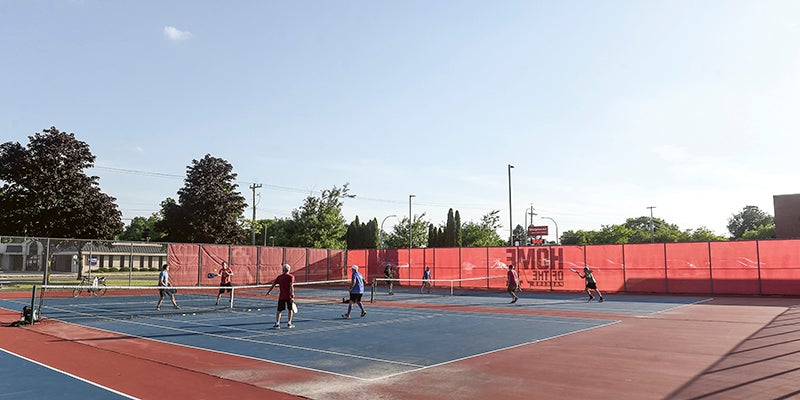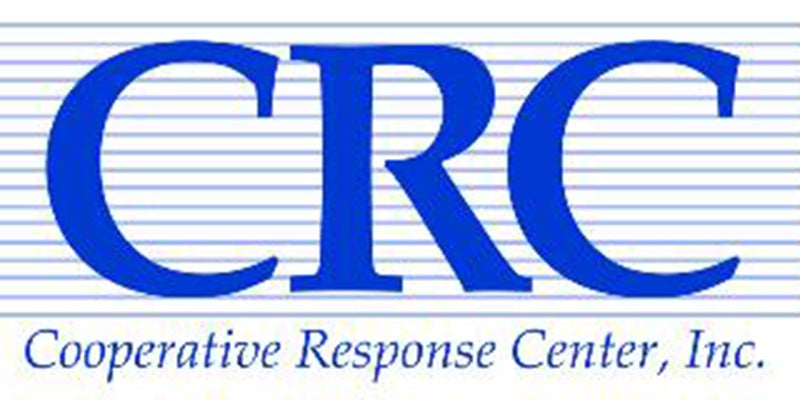‘Movement is life’ – Sumner Elementary students, staff sets bar for healthy lifestyles
Published 7:37 am Tuesday, May 22, 2018

- Sumner Elementary School second grade students climb the rock wall during their physical education class. The school was recognized nationally as one of America’s Healthiest Schools by the Alliance for a Healthier Generation for the second year in a row. Photos by Hannah Yang/hannah.yang@austindailyherald.com
An elementary school was given the spotlight for taking steps to ensure a healthier lifestyle.
For the second year in a row, Sumner Elementary School was recognized nationally as one of the country’s “healthiest schools” by the Alliance for a Healthier Generation. However, this year Sumner won a silver award after winning a bronze award in May 2017.
Principal Sheila Berger shared her delight in Sumner’s consistent commitment to improving healthier lifestyles for more than 320 students in grades 1-4. These changes didn’t happen overnight, Berger said, and that it took several years before staff started seeing changes in how Sumner became an example for promoting a healthier lifestyle.
Sumner Elementary was the only school in Minnesota that was recognized nationally for its efforts in promoting healthier initiatives at its school, such not offering junk food as snacks, and ensuring students had more time to exercise and play with two recesses during the day.
“It’s great to be a healthy school,” Berger said. “We still have things to fine tune things … it isn’t just about physical education.”
Others actively involved in the health wellness program at Sumner was Maureen Noterman, the school’s social worker. She assisted with putting together mini “breaks” where students can do yoga poses and other movement activities to help them get re-energized. Doing these extra breaks helped students stay focused in classes.
“Office referrals are down,” Noterman said. “It helps kids and keeps them calm … this is a culture change in our school. Movement is life.”
Some other changes that were implemented at the school included no rewarding behavior with “candy or treats,” and even discouraged parents from bringing in cupcakes or sweets to celebrate birthdays. Rather, staff encouraged parents to bringing in non-food items instead like pencils or balloons. Teachers also said they do not drink sodas in front of their students. With 90 minutes of physical education, making sure students have ample play time ensured for a more focused class.
“We’re trying to teach and model to our students to get out and be active,” said Ryan Schwenn, Sumner physical education teacher. “We model for the students.”
Not just physical health is being focused on, rather emotional health is also being taken into the change of “culture” at Sumner. Not all students experience similar things at home, whether it’d be undergoing family trouble or experiencing poverty, and may have trouble focusing in the classroom that may influence how they’re behaving in class, Noterman said.
Administrators already implemented changes to how students are disciplined, as well as how adults interact with the children. They’re taught about emotional awareness, and also helping students come to a healthier conclusion about their feelings — whether it means taking three deep breaths or calming themselves in the Focus Room.
Approaching students when dealing with emotional stress has changed significantly within the last several years, linking to a healthier community inside of Sumner, Berger said. “We’re asking ‘what happened to you’ instead of ‘what did you do?’” she added.

Sumner Elementary School second grade students climb the rock wall during their physical education class. The school was recognized nationally as one of America’s Healthiest Schools by the Alliance for a Healthier Generation for the second year in a row. Photos by Hannah Yang/hannah.yang@austindailyherald.com
What’s next for Sumner?
Citing that there’s room for “improvement” Sumner had applied for and was approved for a couple of grants to help them accomplish their mission of promoting a healthier lifestyle. The elementary school has a $1,000 grant from Action for Healthy Kids for assisting with healthy snack options and before school movement programs, and a $1,400 grant from Austin Public Education Foundation for a new “calming room” inside their school to help furnish it for students in need of a quiet space slated for August.
There’s hope that Austin Public Schools would also adopt changes in their own buildings and turn into a districtwide effort for healthy living, according to Berger. It would just mean taking small steps everyday to make sure it happens.
“We’re going to continue to look for more ways to be more successful in life and being healthy,” she added.





